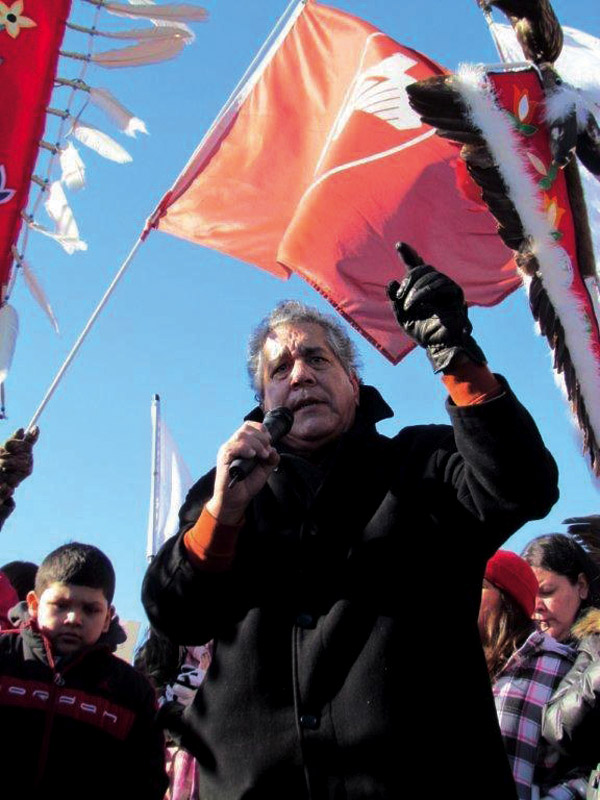First urban reserve in Ontario

By Maurice Switzer With files from Toronto Star
LONDON, Ont. – The Chippewas of the Thames First Nation will use a $119-million land claim settlement to create Ontario’s first urban reserve and contribute to a community plan to eradicate poverty. “Our Comprehensive Community Plan is not money-driven – it’s opportunity-driven,” says Chief Joe Miskokomon, noting that proceeds of the Big Bear Creek settlement have been earmarked for four distinct areas: a $60 million income stabilization plan that will see seniors in the southwest Ontario First Nation guaranteed $600 indexed monthly incomes for 100 years; $30 million for community development, which could include strategic land purchases; a $19 million dispersement to current community members; and $10 million to seed an education savings fund for band members pursuing post-secondary education. “We hear a lot of talk about First Nations re-establishing our own jurisdiction,” says Miskokomon. “We need the best people to do that. We’ve invested a great deal in capacity development to help us make our community healthier and stronger”.
Chippewa of the Thames First Nation has a land base of 33 square kilometers and is located on the north shore of the Thames River, about 20 kilometres southwest of the city of London.
Under the terms of the settlement with Canada – which still has to be approved by band members – the First Nation will be able to purchase up to 21 square km. of additional land on a “willing-seller, willing-buyer” basis.
“We’ve changed the way the Addition to Reserve policy will effect First Nations in the future,” says Miskokomon. “It took several years, but we negotiated out of our agreement that parcels of land we purchase must be located in specific areas, must be contiguous to our existing reserve, and the placing of time limits on our purchases.
“We told Canada ‘You’ve had our property for 195 years – we want unlimited time’” the Chief says, noting that the First Nation can purchase up to four land parcels within the traditional Chippewa treaty area. “That reaches a number of places – the 401 and 402 transportation corridors, and a major Ontario power transmission line.” Miskokomon says his community’s plan will determine the land purchases.
This may include parcels of serviced land in nearby London, that could be used to develop revenue-generating businesses for the band. Miskokomon says he has had what he calls “healthy discussions” with Mayor Joe Fontana on possible economic partnerships. The First Nation has a total registered population of 2500 citizens, of whom about 950 live on the reserve. Many of the off-reserve members reside in London, home to some 4500 First Nations people, according to the 2006 census.
London Mayor Fontana is enthusiastic about Miskokomon’s plan that could make his city the site of the province’s first urban reserve. “His bold vision and ours could lead to not only economic benefits for his nation, but for London and southwestern Ontario.” On March 9, 1819, Chippewas of the Thames entered into the Longwoods Treaty with the British Crown. A series of errors committed by the Crown and Indian Affairs resulted in the unlawful sale of Chippewas reserved lands known as Big Bear Creek. Contary to the Royal Proclamation of 1763, the reserved land was sold without consent of the First Nation.


